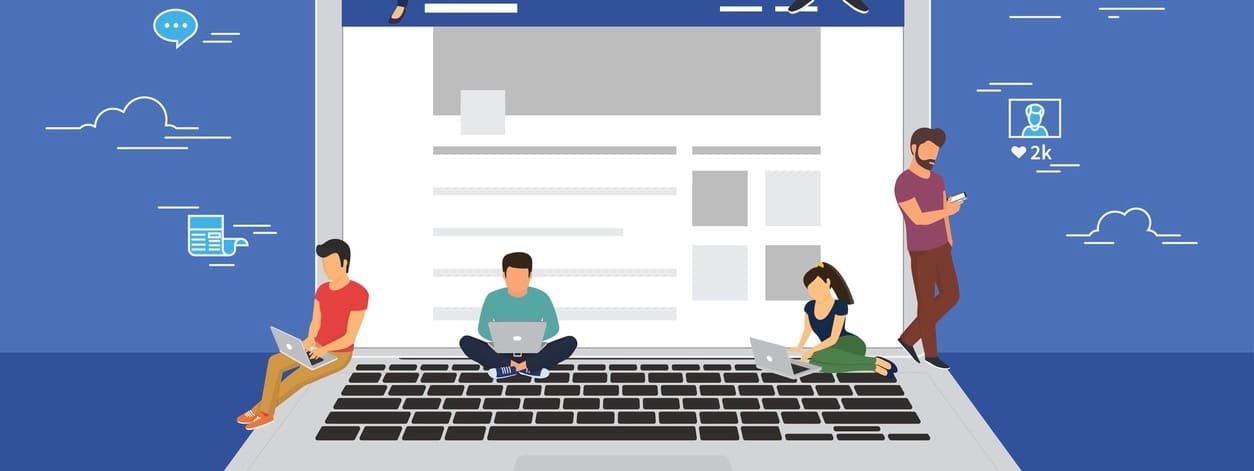Public relations is one of the best overall strategies you can incorporate into your business. It can help you improve your reputation, get ahead of bad news and scandals, and maintain a relationship with the media and your customer base alike.
But most importantly, it can help both emerging and established businesses grow new streams of online traffic—and in more than one way.
The role of good PR
“Good” PR can come in many forms, though the general principles are always the same—attempt to improve the reputation of your company by increasing its exposure and making its image more positive.
Any additional visibility you get, which casts your business in a positive light, is “good” PR, though you’ll need to consider the following variables:
- Medium. There are many channels to choose from when developing your PR strategy. You can syndicate press releases through services like PR Newswire, rely on social media, or do your own outreach to various offsite publishers.
- Direction. You can also choose to have a passive or active role in your PR department; if passive, you’ll rely on producing your own internal content and letting its circulation take care of itself. If active, you’ll work on placing that content externally.
- Investment. Finally, you’ll need to consider your budget. With enough money, you can get content and visibility almost anywhere, but most companies have a strict upper limit to work with.
By adjusting these variables, you can tweak the type of traffic your strategy can generate.
Types of traffic
Let’s look at the main types of traffic you can get through PR:
1. Organic
Organic traffic refers to visitors who discover your site through search engines, and you can get it by incorporating good PR into your search engine optimization (SEO) strategy. The idea here is to use your press releases and PR opportunities to build strong, authoritative links to your site, which in turn will increase your site’s domain authority, and increase your likelihood of ranking for searches related to your brand. This traffic stream takes a long time to grow, but is self-sustainable, and will continue yielding returns even if your PR investment drops off.
2. Referral
Referral traffic is any traffic that clicks on a link to get to your site. For example, if you have a link featured in a press release and a reader clicks it to learn more about you, they can be considered a referral. Referral traffic is strong because each visitor will already know your brand on some level; it also has strong synergy with your other strategies, since incidental links and links built by outside sources can all contribute to your streams.
3. Social
Social media is probably already a strong component of your PR strategy, so it should be no surprise that it can increase your inbound traffic separately. Any visitor who follows a link from social media, whether it’s a shared post or a link to your homepage on your profile, counts as a social visitor. This is usually a cost-efficient source of PR traffic, but it may also be inconsistent. You’ll also need a strong following if you want to reap the greatest return here.
4. Direct
Direct traffic is hard to directly control, but it’s a good way to indirectly measure brand awareness. This type of traffic visitors your site directly, either from a bookmark or because they entered a URL. Accordingly, a user must know about your brand and your site prior to their visit. If you notice direct traffic trending upward, it’s a sign your visibility and notoriety are increasing because of your PR efforts.
5. Paid
If you pay for an advertising slot to promote your company, the traffic you get from that feature will count as “paid” traffic to your site. Ultimately, this distinction is somewhat superficial; depending on the advertising channel you use, you’ll likely see the same behavioral patterns and benefits as you would with referral traffic. The only difference is what you paid, and how you paid it.
6. Email
Email traffic refers to traffic that followed a link in an email message to get to your site. If you aren’t employing an email-related PR strategy, this type of traffic probably won’t apply to your company.
A comprehensive PR strategy should be capable of bringing you some traffic in each of these major categories. However, as a business owner, it’s in your best interest to concentrate your efforts on one or two major sources of traffic; specializing allows you to focus your tactics on your most beneficial channels, which can ultimately lead to a bigger, more efficient return. Experiment to discover which of these traffic sources is best for your business.







